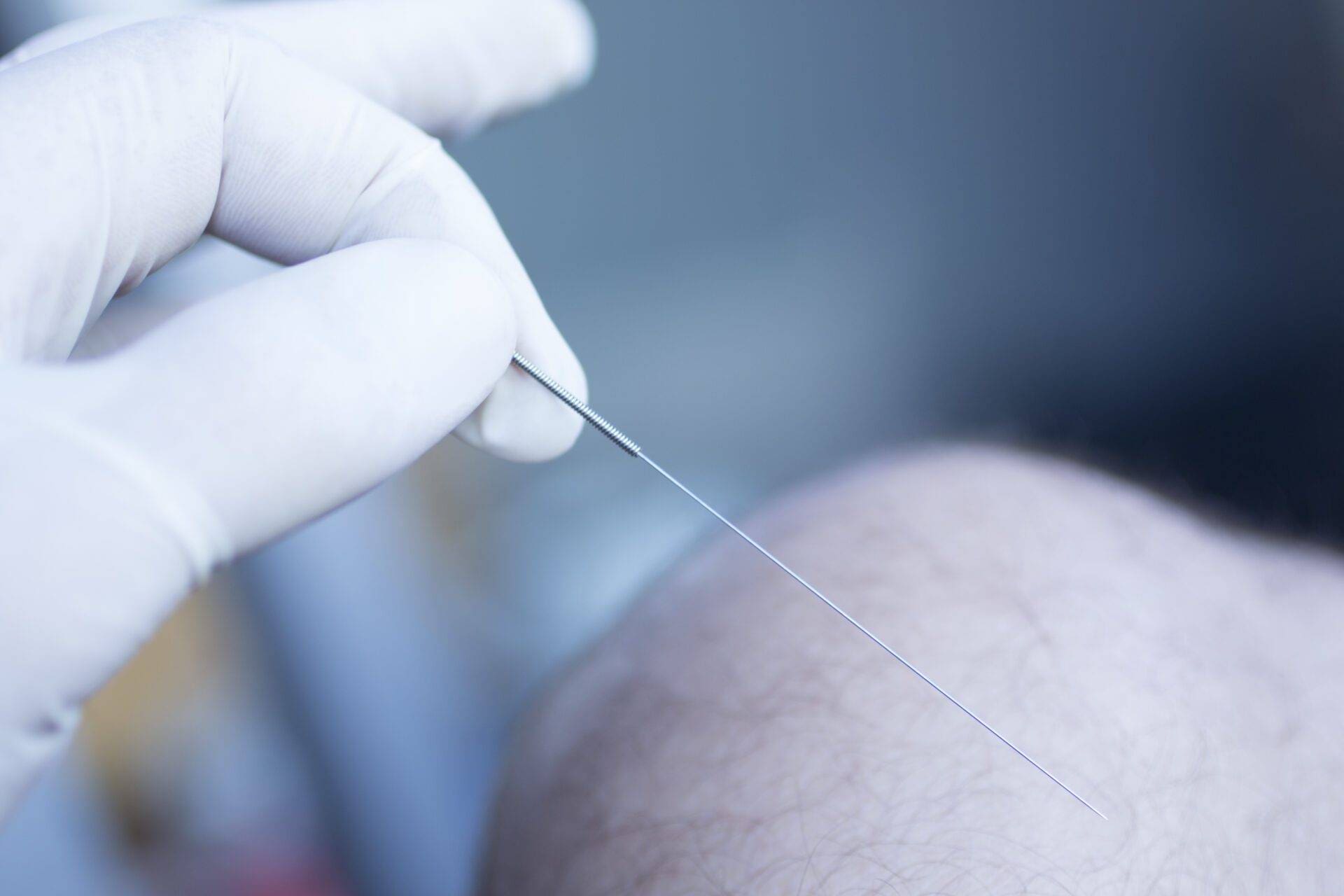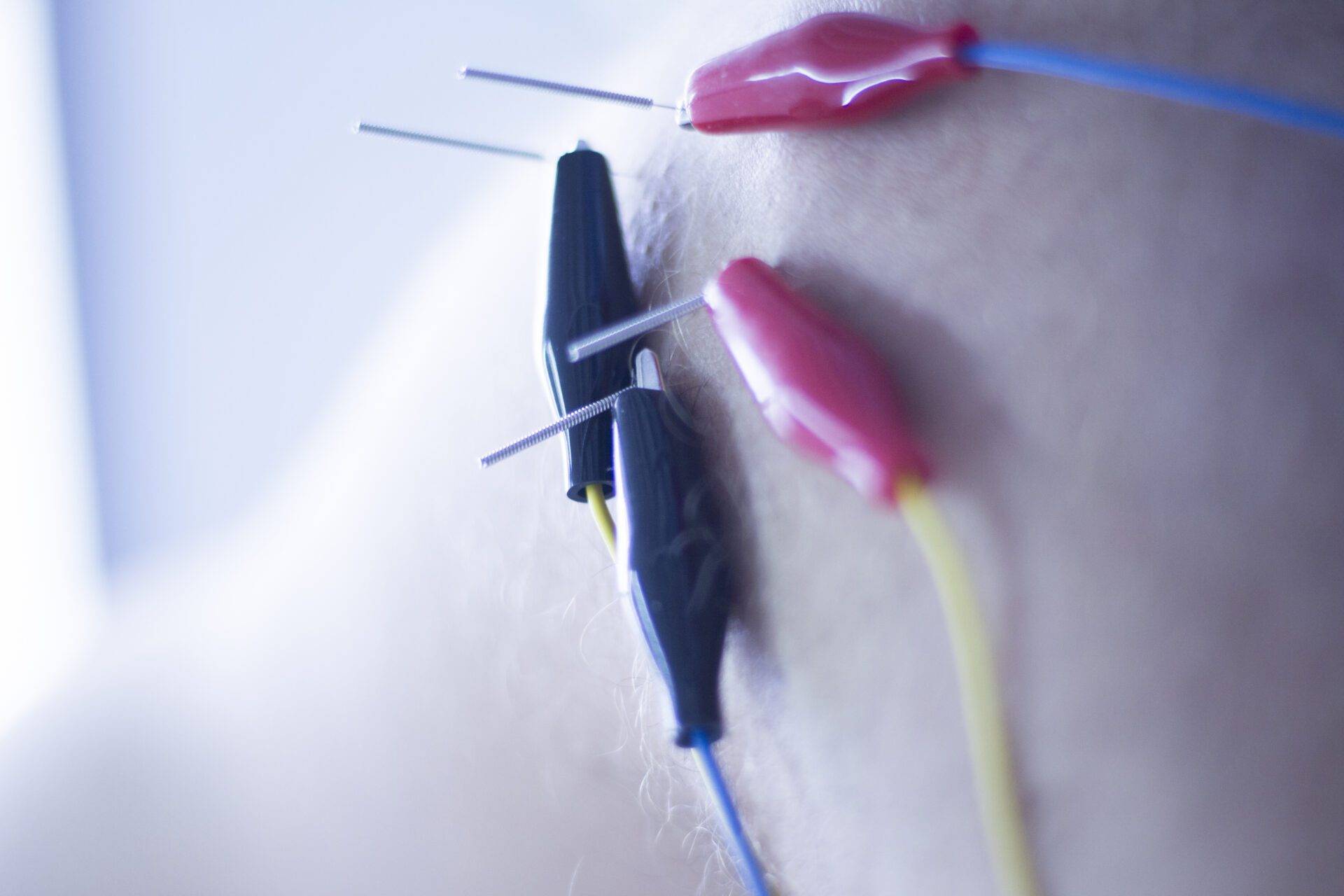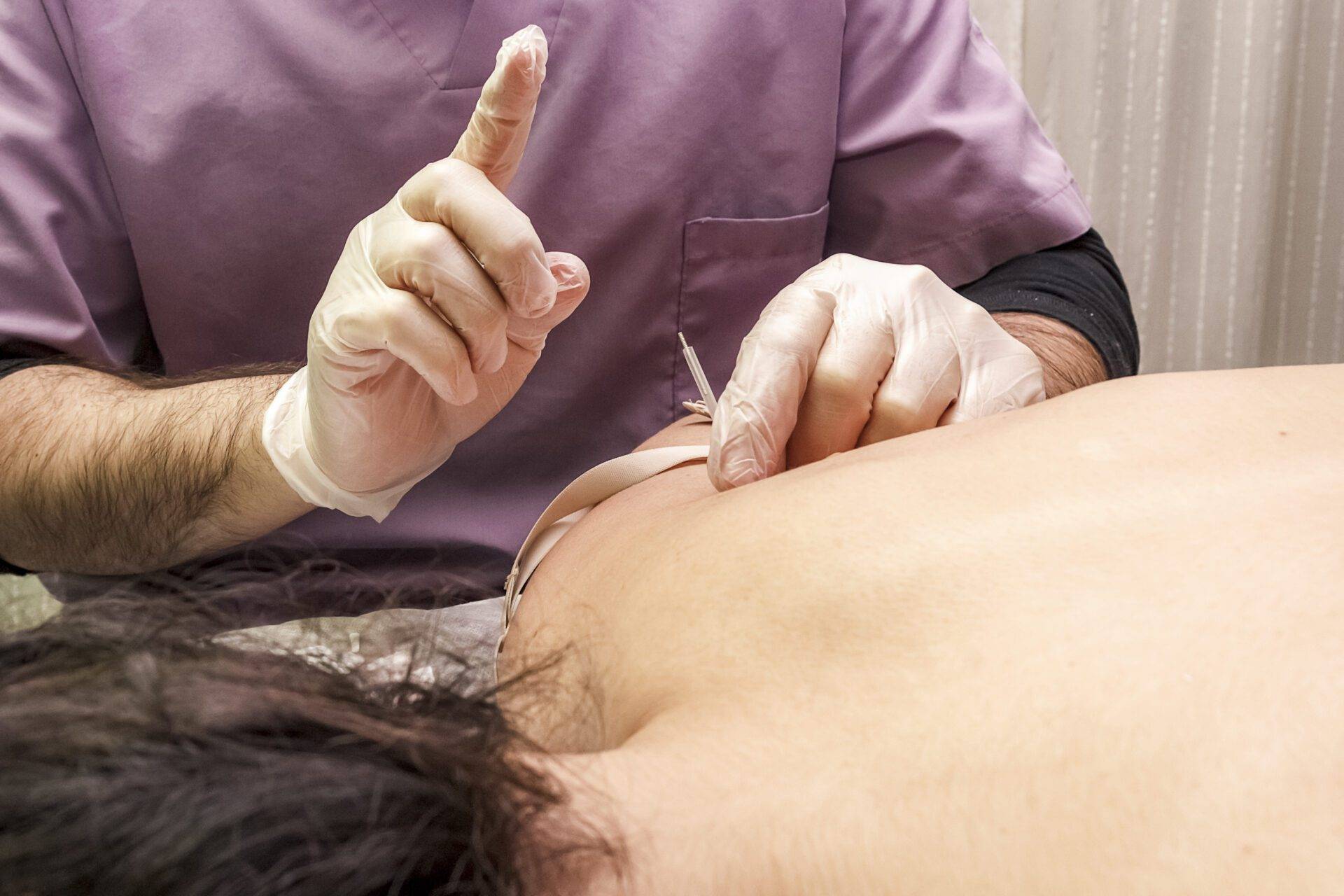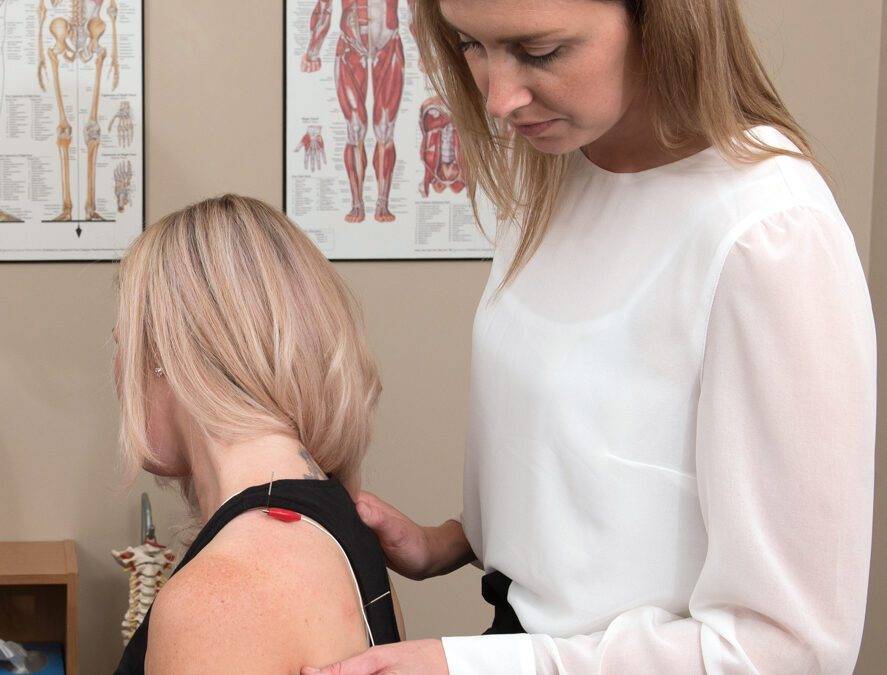By Dr. Lauren Quattrocchi, DC
Contemporary Medical Acupuncture is a physiological intervention similar to exercise that elicits existing available regulatory mechanisms through the up-regulation and down-regulation of specific cellular processes.

How Does It Work?
Research has found that acupuncture induces the release of natural opioids originating from the central nervous system. Acupuncture can also aid in suppressing pain using a conditioning stimulation known as diffuse noxious inhibitory control. This mechanism activates many different nerve fibers that are also activated by the injection of analgesic substances into a muscle. In simplistic terms, acupuncture provides this noxious stimulus to the body that will suppress the pain signals that are being sent to the brain.
Contemporary Acupuncture interventions aim to facilitate the modulation of neurological activity at every level identified as having been disturbed. The ultimate goal is to promote self-regulation of the nervous system.
There are numerous high-quality studies that claim the effect of acupuncture is statistically significant in reducing soft tissue pain in many areas of the body. Acupuncture may be a tool that physical therapists can use to treat soft tissue injuries more effectively and with faster pain relief than traditional conservative care.

What to expect during an acupuncture visit?
- The therapist will begin by assessing the area of pain and/or injury
- Once a diagnosis is established the therapist will begin to place needles at the area of injury and can also place needles along the spine to address the spinal segments related to the area of injury. The spinal segments are an important aspect of treatment as they allow us to work on fixing the problem and not just the pain.
- With Contemporary Medical Acupuncture electrical current can be connected to the needles, which stimulates the nerves and allows the muscles to start activating/twitching.
What are the benefits of Contemporary Medical Acupuncture?
- Increased blood flow to the area to promote healing
- Increased strength
- Increased tissue healing
- Decreased pain

The World Health Organization recognizes the use of acupuncture in the treatment of:
- Sports-related injuries and other movement disorders.
- Musculoskeletal pain problems: neck pain, shoulder pain, low back pain, joint pain.
- Chronic pain: headaches, sciatica, osteoarthritis, neuritis, and facial pain.
- Digestive disorders: irritable bowel, constipation, diarrhea and gastritis.
- Menstrual and reproductive problems: dysmenorrhea, perimenopausal symptoms, and infertility.
- Urinary tract disorders: prostatitis and bladder dysfunction.
- Respiratory problems: sinusitis, asthma, sore throat, and recurrent respiratory tract infections.
- Stress-related problems: addictions and post-traumatic stress disorder.
Remember Acupuncture can be effective as a solitary treatment, or as an adjunct to other therapeutic interventions. Should you have any further questions or you are interested in trying acupuncture feel free to book a consultation with one of our many qualified professionals at Active Approach Health and Wellness Centre.

